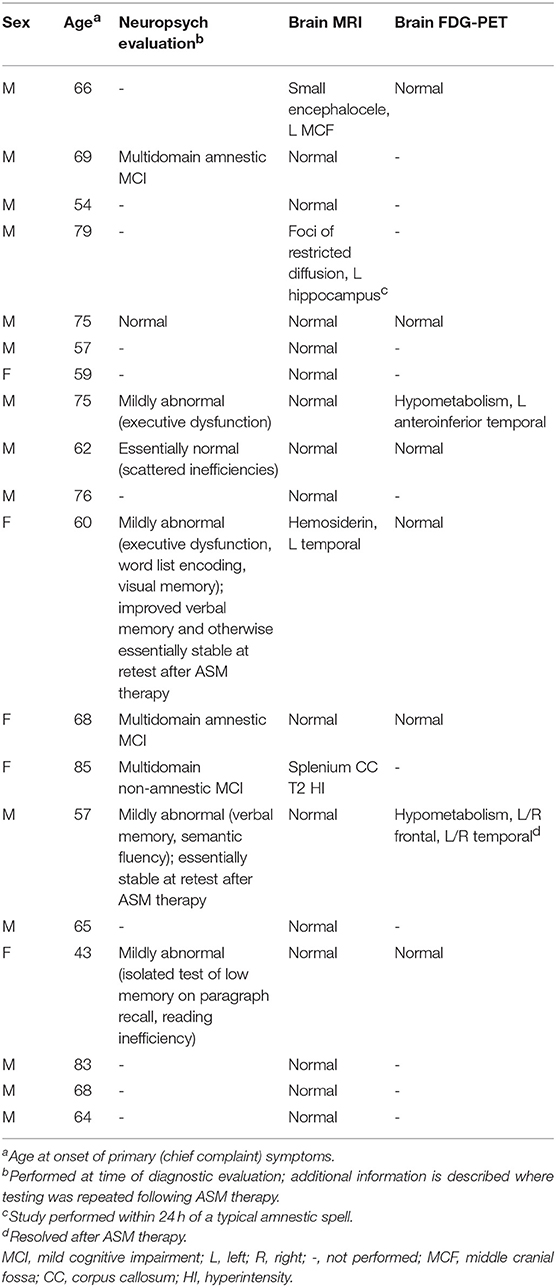


Most dementias are more common in older people, but there are some that can occur in people’s 40s, 50s and 60s, including Alzheimer’s disease and frontotemporal dementia.

The most common cause of dementia is Alzheimer’s disease but there are many other causes including frontotemporal dementia, dementia with Lewy bodies, vascular dementia and dementia due to excessive alcohol consumption. The term dementia describes a group of diseases that cause progressive decline in cognition and everyday functioning.īelow is a list of cognitive functions that can change over a number of months when someone experiences dementia: There are lots of types of cognitive disorder but the most common are those that are due to dementia. Conclusion: As approximately every tenth patient with suspected TGA either had an alternative diagnosis or a severe comorbidity, which had not been obvious at the time of admission, we consider in-patient treatment of all suspected TGA cases as appropriate, preferably in the setting of a stroke unit, as ischemic stroke was the by far most important diagnosis mimicking TGA.The cognitive neurology and dementia service provides a consultant-led multi-disciplinary approach to the diagnosis, assessment and treatment of all cognitive disorders (conditions that affect how somebody thinks and behaves). Important comorbidities that had not been obvious at the time of presentation were severe sleep apnea (2 patients), triptan overuse (1 patient), and an involuntary amlodipine intoxication during TGA. Other mimics were transient epileptic amnesia (2 patients) and steroid-induced delirium (1 patient). The most important differential diagnosis was stroke (11 patients, 6.6% of all TGA suspects and 61.1% of the complicated TGA/mimic group). Eighteen patients (10.8%) either had an alternative diagnosis or a severe comorbidity that was assumed to have had an impact on the occurrence of the amnestic episode (“complicated TGA/mimic”).

After the workup, the diagnosis of TGA was confirmed in 148/166 (89.2%) episodes (“simple TGA”). Results: 163 patients with 166 episodes of suspected TGA were hospitalized (3 patients twice). All patients were hospitalized and received a neurological workup including brain imaging, color-coded duplex sonography of the brain supplying arteries, electroencephalography, and laboratory studies of blood and (in selected cases) cerebrospinal fluid. Methods: We evaluated the medical records and the imaging data of an unselected consecutive cohort of patients with suspected TGA over a 7-year period. The aim of our study was to assess the frequency of a severe underlying disease or alternative diagnoses (mimics) in patients fulfilling the clinical criteria. Most neurological guidelines allow the diagnosis on the basis of clinical criteria only a more extensive evaluation is recommended only for patients with “red flags” like severe headache, nausea or vomiting, or metabolic abnormalities. Its etiology is still a matter of debate. Background: Transient global amnesia (TGA) is a syndrome featuring acute anterograde amnesia as the most striking clinical symptom.


 0 kommentar(er)
0 kommentar(er)
